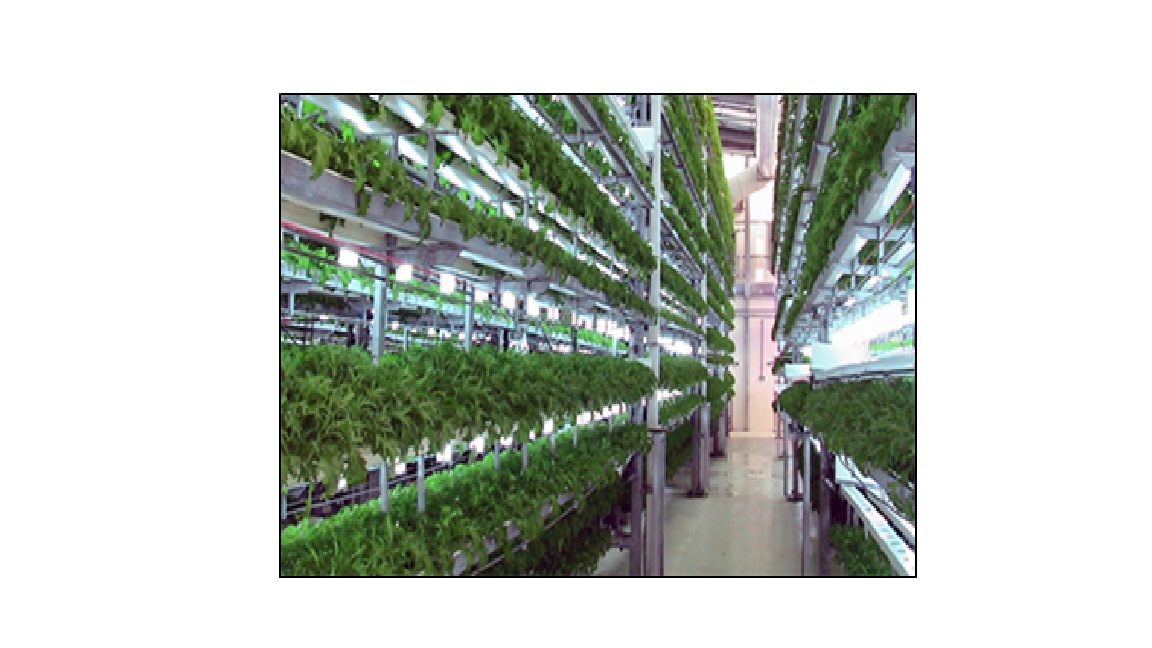A Review of IoT-Enhanced Sustainable Farming: Integrating Aquaponics, Hydroponics, and Poultry for Future Agriculture
Main Article Content
Abstract
This paper reviews the integration of aquaponics, hydroponics, and poultry farming systems, all of which have been improved with IoT and AI technologies to form a scalable, resource-efficient, and self-sustaining agricultural ecosystem. IoT-enabled sensors and automation achieve the optimized use of water, nutrient cycling, and environmental conditions. These systems have drastically reduced the consumption of resources and wastes. This is where aquaponics brings fish farming together with hydroponics. Fish excreta serves as a natural fertilizer for plants, while hydroponics allows for soil-free cultivation, making it suitable for water-constrained and urban areas. Including poultry farming in this concept further supports this closed-loop model by supplying organic wastes, recycling nutrients, and reducing reliance on synthetic fertilizers. This review discusses advances in technology, the advantages and disadvantages of each system, a comparison of adaptability to various environments, and the determination of salabilities. It further unfolds active and ongoing research gaps, such as finding low-cost, energy-efficient components and modular system design, and suggests pathways to future research in sustainable agriculture. The findings open up the huge potential of IoT in transforming agriculture toward a high-yield and sustainable food production system that will effectively address pressing food security and environmental concerns.
Downloads
Article Details

This work is licensed under a Creative Commons Attribution-NoDerivatives 4.0 International License.
